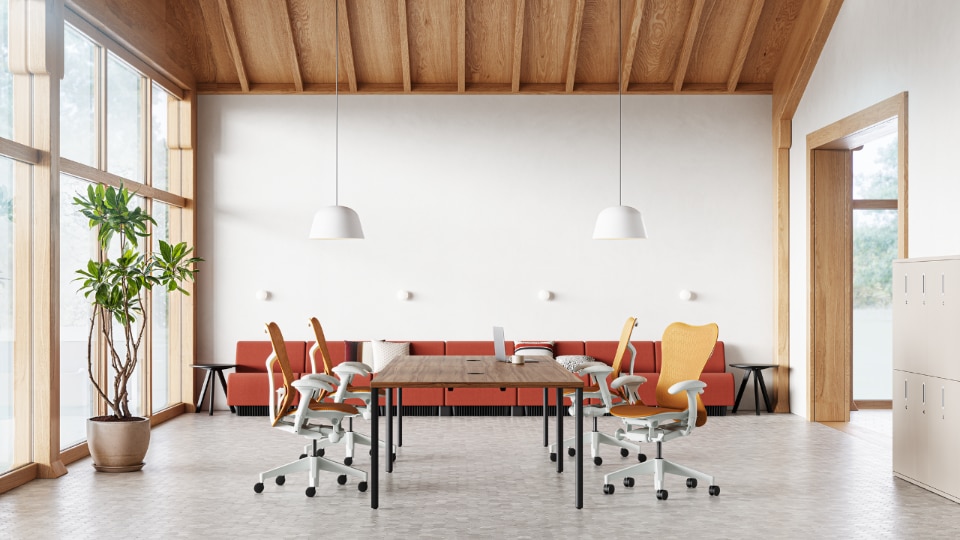This is not the case of Mr. Roberto Shimizu (1945), a Mexican architect born from Japanese parents, who since age 5 has been accumulating a diverse set of toys. His independent collection now adds up to 5–6 million pieces. His fixation with collecting toys has made him loose count into the pieces he owns. Hearing about this instantly makes you think: where do even you store five million pieces of anything?
A recent trip to Mexico City allowed us (a group of outsiders in town for Postopolis! DF) to witness the unexpected but delightful Museo del Jugete Antiguo Mexicano (Museum of the Ancient Mexican Toy) -a space decent for a set of an upcoming Tim Burton film, ideal for the follow-up of Pixar's Toy Story or even Chucky. The museum presents an infinite landscape of old, rare and underappreciated objects layed across a three-floor warehouse-like building in the Colonia Doctores in Mexico City, displaying approximately 40,000 toys from the collection.
As opposed to art collections, where a deep study is undergone for every object acquired, collections of this nature are usually built up under the opposite premise of "less is more". Where more in this case, might actually be the characteristic that begins to give some sort of cohesiveness to a certain fixation.
Mr. Shimizu's first objects came from his parents who ran a Japanese import company of food and toys based in Mexico City. His interest in documenting the popular culture of Mexico through "common street toys" then began to grow in him—and soon became his leitmotif. Along with his son Roberto Shimizu Jr. he hosts an independent and free space to present the creativeness of a country's recent past.
On display, you can find from tiny racecars, to trophies, to unique pieces characteristic of specific time and place. There are traditional masks from Michoacan state's Danza de los viejitos) (dance of the old men), the "largest" collection of El Santo) masks, a selection of the satirical masks of Carlos Salinas de Gortari—Mexico's controversial president from 1988–1994, etc. Also on view, as part of their temporary exhibitions, is the biggest selection of GI Joes (and GI Jose's).
One of the most striking pieces is El Negro del Salón Colonia), a four-meter-tall black acrylic mask with its mouth open and two big maracas on each of its hands. This mask used to host live acts performing from inside its mouth at the traditional night-life danzón) spot Salón Colonia) during Mexico City's Golden Age. El Negro del Salón Colonia) was found in a trash deposit not long after the venue closed.
Although carefully selected, the museum comes off as a seemingly random collection, but when looking closely, you realize every object is grouped through a central concept, creating a playful and in a way "curatorial" approach to its pieces—where the focus is not on the value of a piece, but in the way it is presented. In one display window the pieces on view range from cents to up to a thousand dollars.
A recently acquired feature of the Museum is the alteration of the pieces to create or present an idea, where the collectors play the role of artists through a ready-made approach. You can find their taco de pierna) (Pork leg taco) installation of an old food cart displaying hundreds of figurine legs stacked inside fake tortillas. There are also some more obvious satirical mock-ups or interpretations of well-known art pieces, from Damien Hirst's The Physical impossibility of Death in the Mind of Someone Living), to Duchamp's Bottle Rack), to a series of Warhol portraits.
Regardless of the overwhelming objects on display, the tour was a very enjoyable insight into popular Mexican toy culture, and in all, the dad-son duo present an interesting approach to the art of collecting and displaying common toys.














The New Brevo House by Pedrali
Brevo has given its Parisian headquarters, La Maison Brevo, a major makeover, prioritizing innovation and employee well-being for its 400 staff members. The furnishings, curated by Pedrali, transform the 3,000 sq m of interior and exterior space into dynamic, stimulating environments that foster collaboration and diverse work styles.










